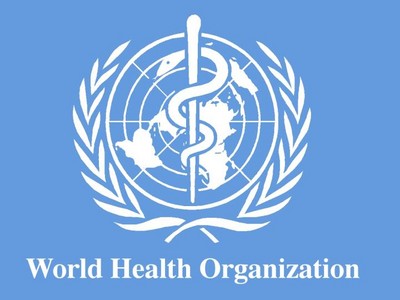 Unless Ebola control measures in West Africa are enhanced quickly, experts from the World Health Organisation (WHO) and Imperial College, London, predict numbers would continue to climb exponentially.
Unless Ebola control measures in West Africa are enhanced quickly, experts from the World Health Organisation (WHO) and Imperial College, London, predict numbers would continue to climb exponentially.
According to a new article in the New England Journal of Medicine released six months after WHO was first notified of the outbreak in West Africa, more than 20,000 people would have been infected by early November.
The article, which was made available to the Ghana News Agency on Tuesday by Fadela Chaib, WHO spokesperson, said public health epidemiologists and statisticians reviewed data since the beginning of the outbreak in December 2013 to determine the scale of the epidemic, better understand the spread of the disease, and what it will take to reverse the trend of infections.
It said although WHO was first notified of the outbreak on March 23, 2014, investigations retroactively revealed the outbreak started in December 2013.
It said between December 30, 2013 and September 14, 2014, a total of 4,507 cases were reported to WHO.
“The data in the study help clarify some details of who is most affected by this outbreak….there have been mixed reports on whether women might be harder hit because they are more likely to care for the sick, or whether it would be men who might be more likely to bury the highly-infectious dead bodies.
“This study gave us some real insight into how this outbreak was working, for example, we learned there is no significant difference among the different countries in the total numbers of male and female case patients,” said Dr Christopher Dye, Director of Strategy for WHO, and co-author of the study.
“There may be differences in some communities, but when we actually looked at all the data combined, we saw it was really almost split 50-50.
“Assessing the case fatality rate during this epidemic is complicated by incomplete information on the clinical outcomes of many cases, both detected and undetected,” said Dr Dye.
He said: “This analysis shows that by 14 September, a total of 70.8 per cent of patients with definitive outcomes have died. This rate was consistent among Guinea, Liberia and Sierra Leone.”
The study, however, said the case fatality rate was lower when only hospitalised patients were considered, supporting evidence that giving patients good and supportive health care quickly made a difference.
It said although the current epidemic in West Africa was unprecedented in scale, the clinical course of infection and the transmissibility of the virus were similar to those in previous Ebola outbreaks.
It said there were challenges in this region that exacerbated the struggles to contain the virus quickly, and that, most importantly, the health systems in all three countries were shattered after years of conflict with a significant shortage of health workers, leaving the system weaker than in other countries with Ebola outbreaks.
The study said in addition, certain characteristics of the population may have led to the rapid spread of the disease, for example, the populations of Guinea, Liberia, and Sierra Leone were highly interconnected, with extensive cross-border traffic at the epicentre and relatively easy connections by road between rural towns and villages and the densely populated capital cities.
“The large intermixing population has facilitated the spread of infection, but a large outbreak was not inevitable,” said Professor Christ Donnelly, Professor of Statistical Epidemiology, Imperial College and the MRC Centre for Outbreak Analysis and Modelling.
“In Nigeria, for example, where health systems are stronger, the number of cases has so far been limited, despite the introduction of infection into the large cities of Lagos and Port Harcourt.“
The study pointed out that critical determinant of outbreak size appeared to be the speed of implementation of rigorous control measures.
It said the risk of experimental therapeutics and vaccines offered promise for the future, but are unlikely to be available in the quantities needed to make a substantial difference in control efforts for many months, even if they are proved to be safe and effective, adding that the risk of continued expansion of the Ebola outbreak was real.
This study provides the evidence needed for an urgent wake-up call requiring intensive scaling up of control measures while working towards rapid development and deployment of new medicines and vaccines.
Source: GNA























